A hate crime occurs nearly every hour in the United States. Saturday afternoon was no different. Payton Gendron, an 18-year-old white man, drove to a grocery store in a predominately Black neighborhood in Buffalo, New York. He then filmed himself shooting 13 people (11 Black and two white), killing 10, including a retired police officer and an 86-year-old woman who had recently visited her husband in a nursing home. During his domestic terrorist act, Gendron even to the time to apologize to a white man for pointing the gun at him.
Simply put, the rise of hate groups and the increase in the number of hate crimes in the United States is an epidemic. Over the past 20 years, the number of hate groups in the United States increased by over 100%. Though the number of hate groups dipped during the end of Barack Obama’s first presidential term, they rose sharply in the middle of his second term and continued to rise during Donald Trump’s presidential term. Hate crimes were over 200% higher in places where Trump campaigned in 2016.
When we examine who uses guns to commit mass racial violence in the United States, we find that many of these domestic terrorists look and think like Gendron. From 2012 through 2021, nearly three in four murders classified as domestic terrorism were committed by right-wing extremists (most of whom were white nationalists). In 2020, 55% of perpetrators of hate crimes were white, 21% were Black, and 16% were of unknown racial background. Sixty-two percent of hate crimes were about race/ethnicity, nearly 25% were about sexual orientation/gender identity, and 13% were about religion.
In addition to the types of individuals who commit hate crimes, the locations where they happen are notable. In Gendron’s case, he purposefully chose a grocery store in a Black neighborhood. There is a long history in this country of white mobs terrorizing Black neighborhoods (e.g., Tulsa, Rosewood, Wilmington). In January 2020, members of “The Base,” a neo-Nazi white separatist group aiming to start a race war, were apprehended in Maryland and Georgia thanks to good law enforcement work. It is no accident that members of this organization were apprehended in the two states with the most affluent communities of Black Americans.
Adults who engage in acts of racialized violence often exhibit discriminatory and problematic behavior as youths. In a Dallas suburb, a nine-year-old white boy banged on his neighbor’s door and then hit it with a whip. He was looking for the nine-year-old Black girl who lives there. The mother of the girl told him to leave or she would call the police. The family alleges the boy then scratched their car. The girl’s father went to the boy’s home and spoke to his father. Bryan Brunson, the white father of the boy, told the Black father to get off his property. Brunson then shot a gun at the Black father and was later arrested. Adults like Gendron are often children like this nine-year-old who come from parents like Brunson. They also have family members who stay silent while they wreak havoc.
The Brunson incident occurred in 2022, yet it seems like something we might read in a history book about 1822, or maybe even 1955 when white people often snatched Black people from their homes, beat them, lynched them, and murdered them like what happened to Emmett Till. Racial hate crimes cannot just be explained away as mental health issues from a “lone wolf” or “bad apple.” Hate crimes are a consequence of a social system that perpetuates white supremacy. An individual’s prejudicial attitudes are molded by family, friends, and other social networks in their neighborhoods, schools, and churches. White supremacist ideology is highly influenced by cable news and social media that perpetuate division. Consequently, white supremacist ideology reveals itself later through more normative and commonplace acts of racism (like racial profiling, predatory lending, and discriminatory hiring) as well as targeted violence and mass murder.
White supremacists often use fear of their status in the racial hierarchy as justification for violence. Gendron not only wrote the N-word and “Here’s your reparations” on his gun, but he also wrote the number 14 on it. The number 14 is used to symbolize a white supremacist slogan: “We must secure the existence of our people and a future for white children.” This slogan fully embraces replacement theory, which is the ideological assumption that white people will eventually go extinct or at least lose economic and political power.
So, what will it take to address these hate crimes? Well, changing hearts and minds will not do much. It will take policy change. It will take structural change to the institutional spaces that segregated us and lead to othering. First, states and the federal government can use Maryland’s Lt. Richard W. Collins III Law as a blueprint for strengthening hate crimes. The Lt. Collins Law states that a protected identity like race just has to be one of the factors, rather than the sole factor, to be classified as a hate crime. Days before his 2017 graduation from Bowie State University, Lt. Collins (who is Black) was murdered by Sean Urbanski, a white University of Maryland student. Five years later, the Lt. Collins Plaza opened at the University of Maryland. Second, policymakers might consider classifying hate groups as gangs. This will give law enforcement more resources to pursue the organizational structures of hate groups.
Overall, it is clear that a growing group of white people are perceiving a group threat regarding their power and status in the racial hierarchy. As President Lyndon B. Johnson said, “If you can convince the lowest white man he’s better than the best colored man, he won’t notice you’re picking his pocket. Hell, give him somebody to look down on, and he’ll empty his pockets for you.” This is the ideology we must address.
The Brookings Institution is committed to quality, independence, and impact.
We are supported by a diverse array of funders. In line with our values and policies, each Brookings publication represents the sole views of its author(s).
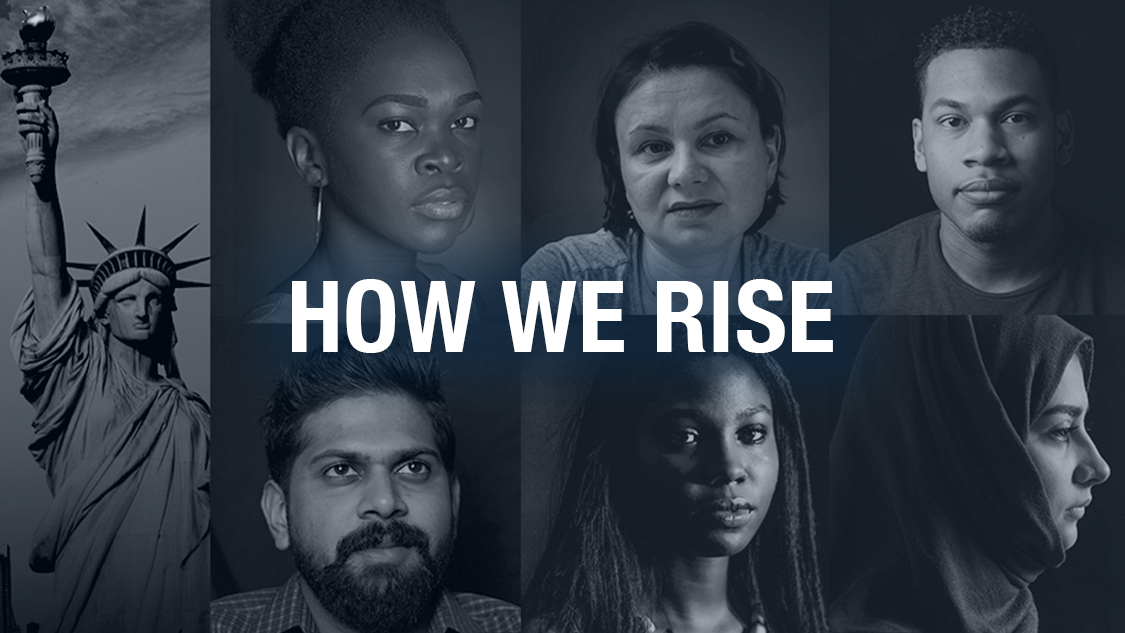
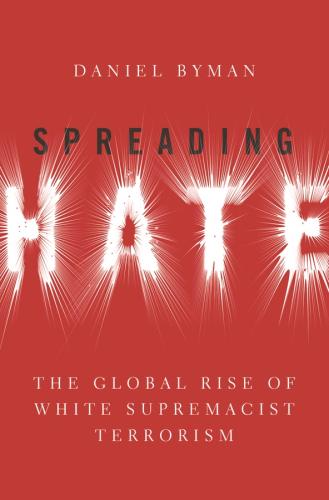
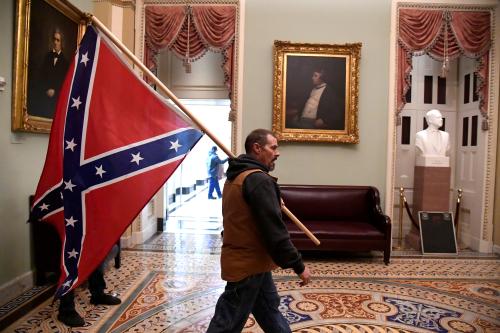
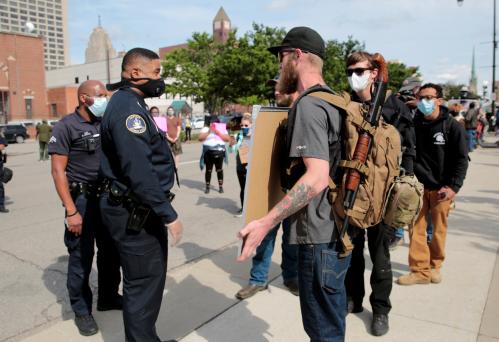
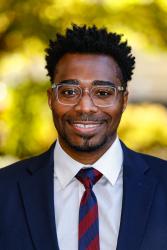
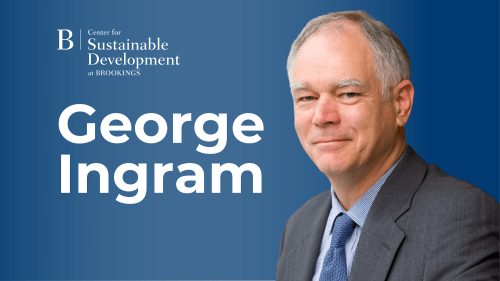
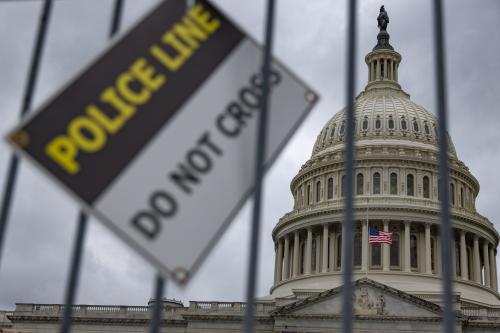
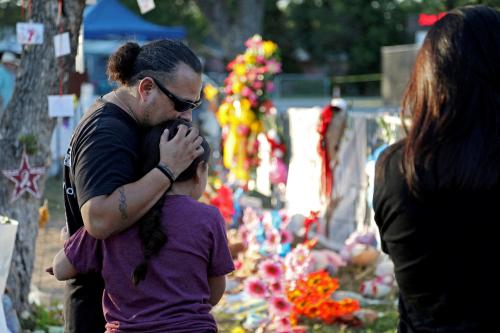
Commentary
Preventing racial hate crimes means tackling white supremacist ideology
May 17, 2022